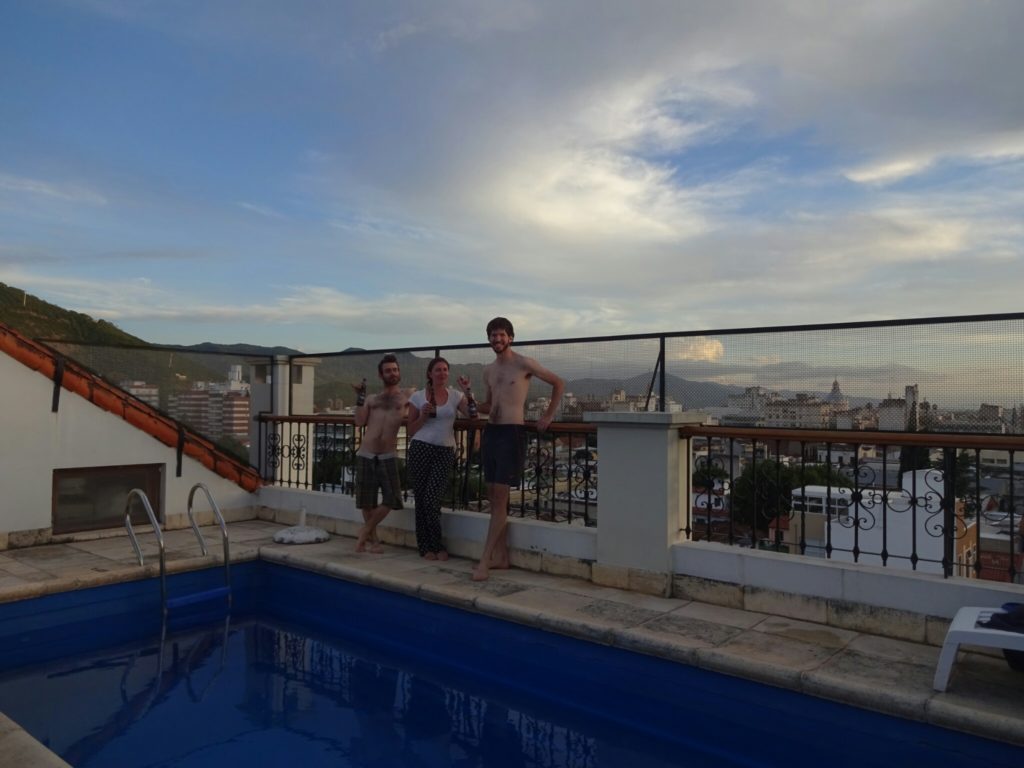From San Antonio de los Cobres we continued northbound on the RN40 for some more gravel roads. Just behind the city is the Polvorilla viaduct, the last stop of the “Tren a las Nubes” (Train to the clouds), which offers a tourist train ride from Salta to here and back. Climbing the 63m from the bottom of the valley to the proved to be quite a challenge due to the general altitude, which is still at about 4200m above sea level.
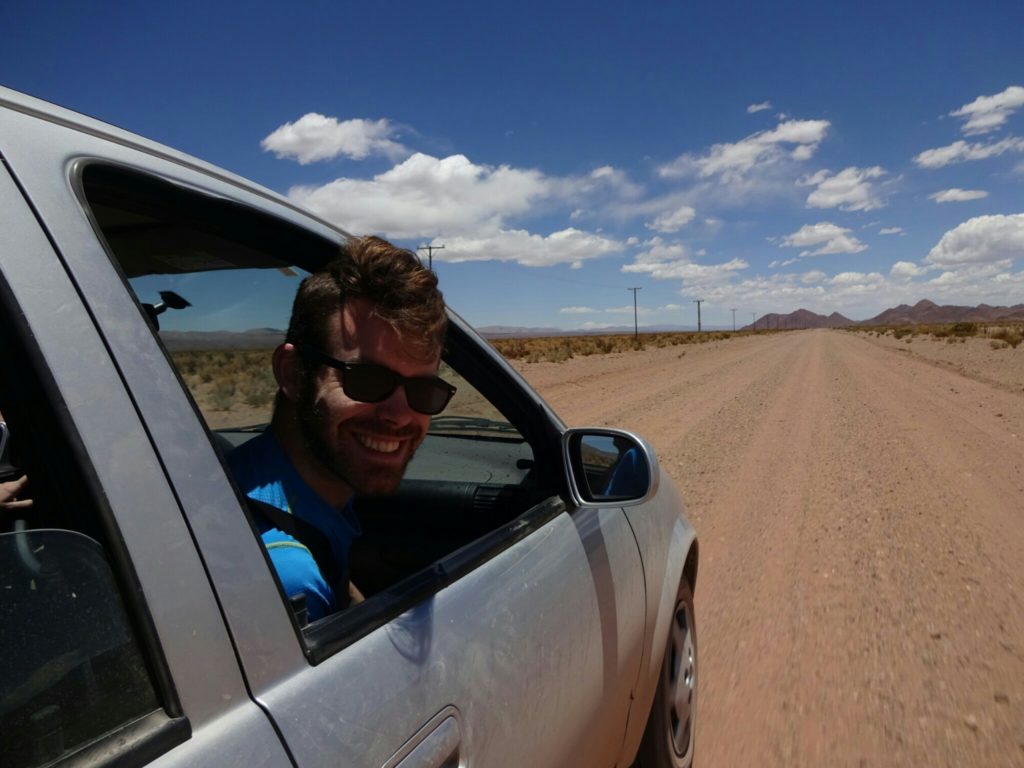
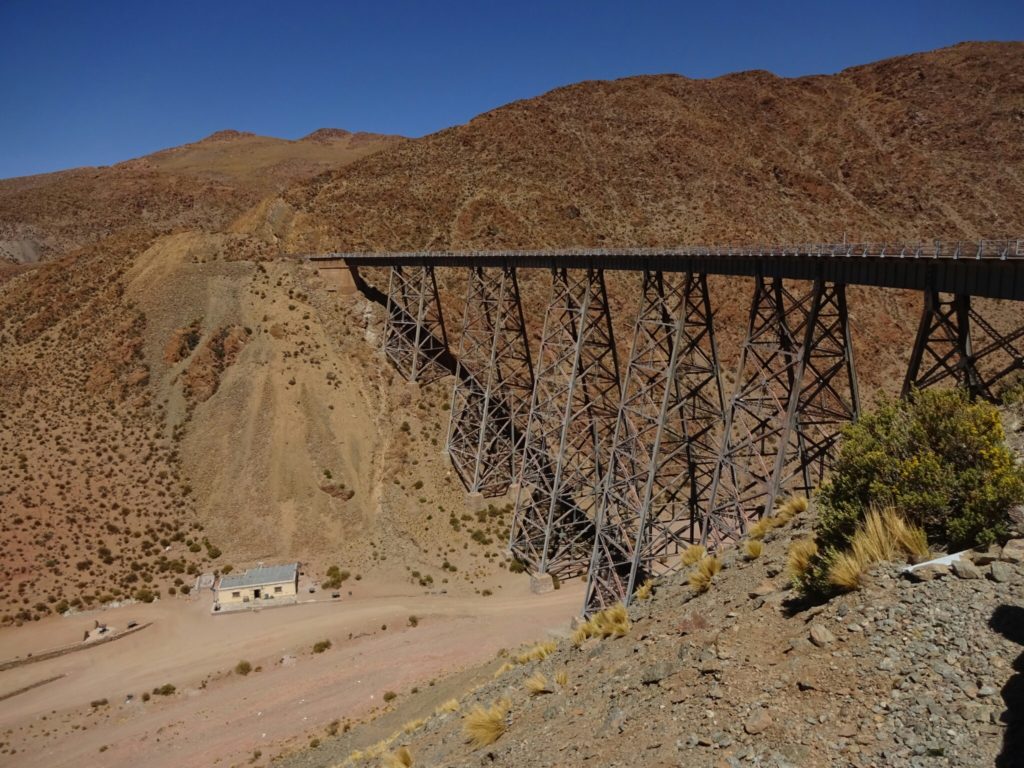
Through more canyons and wide open landscapes we drove to Susques. Along the way we passed alpacas, nandus, volcanoes and crazy bikers, who are cycling through this deserted area. It was not as hot as the days before, but there are almost no villages along the way, so you’re kind of screwed, if your tire has multiple punctures and no more glue to fix the holes. We tried to help them, but our glue didn’t work and we were going in the opposite direction.

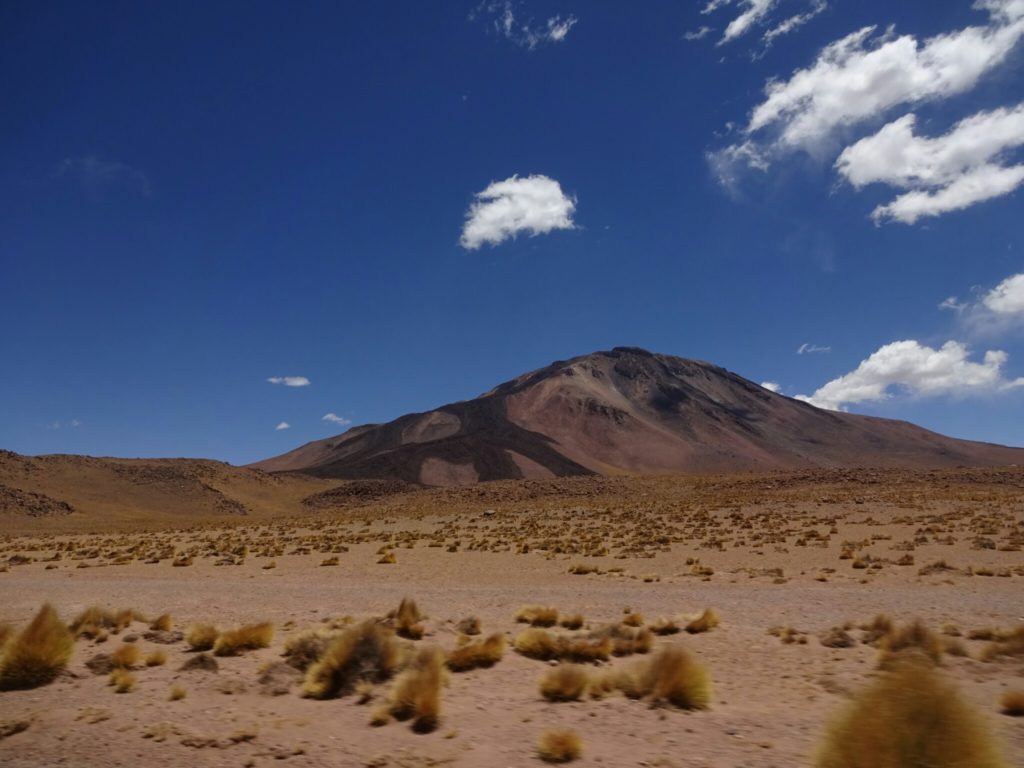
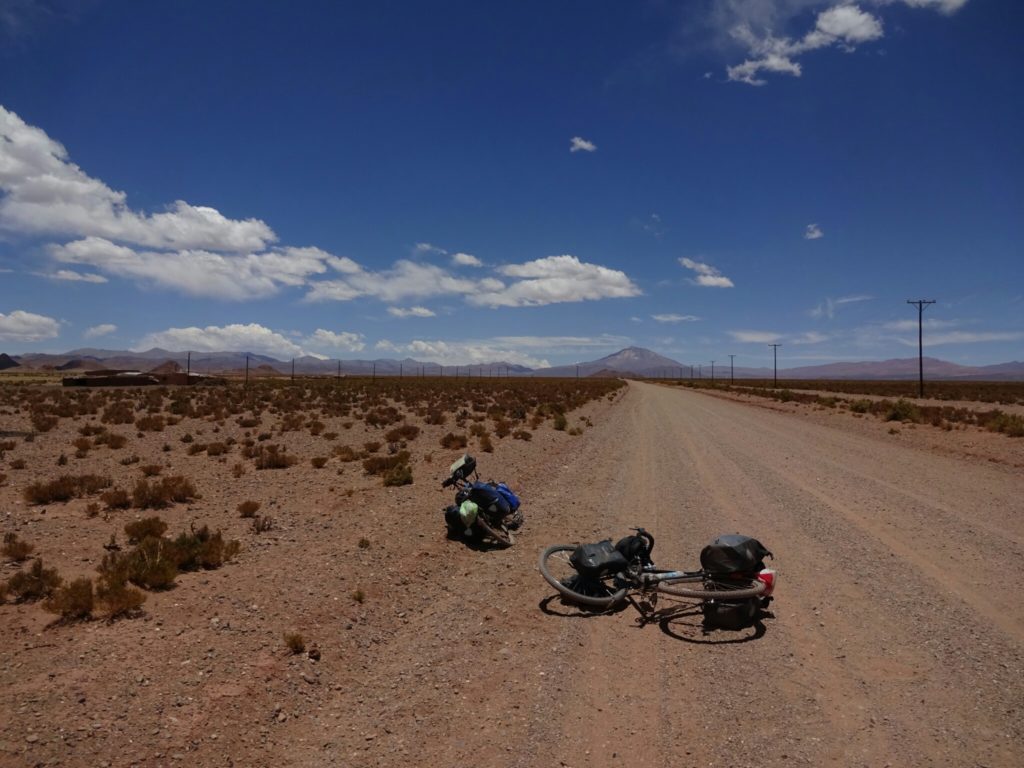
After a quick lunch break in Susques, we passed the two great salt lakes of northern Argentina, which are more salt than lake – the lakes are pretty dry at the moment, leaving a thick layer of salt on the ground. However, this resource is being exploited, leaving the open areas rather gray than white, which is not as impressive. Since Brice had already seen the salt flats of Uyuni (Bolivia) and it being on my agenda as well, we decided to go straight to Purmamarca instead of getting off the main road to find an undisturbed area of the salt lakes.
![{"total_draw_time":0,"uid":"1ed8038c-5aff-4d64-ba22-8e7609b39949","layers_used":0,"effects_tried":0,"photos_added":0,"origin":"unknown","effects_applied":0,"brushes_used":0,"total_effects_time":0,"total_draw_actions":0,"total_editor_actions":{},"longitude":-1,"total_effects_actions":0,"latitude":-1,"tools_used":{},"fte_image_ids":[],"total_editor_time":2}](https://www.wheredoyougo.de/wp-content/uploads/PicsArt_01-01-09.14.01-1024x768.jpg)
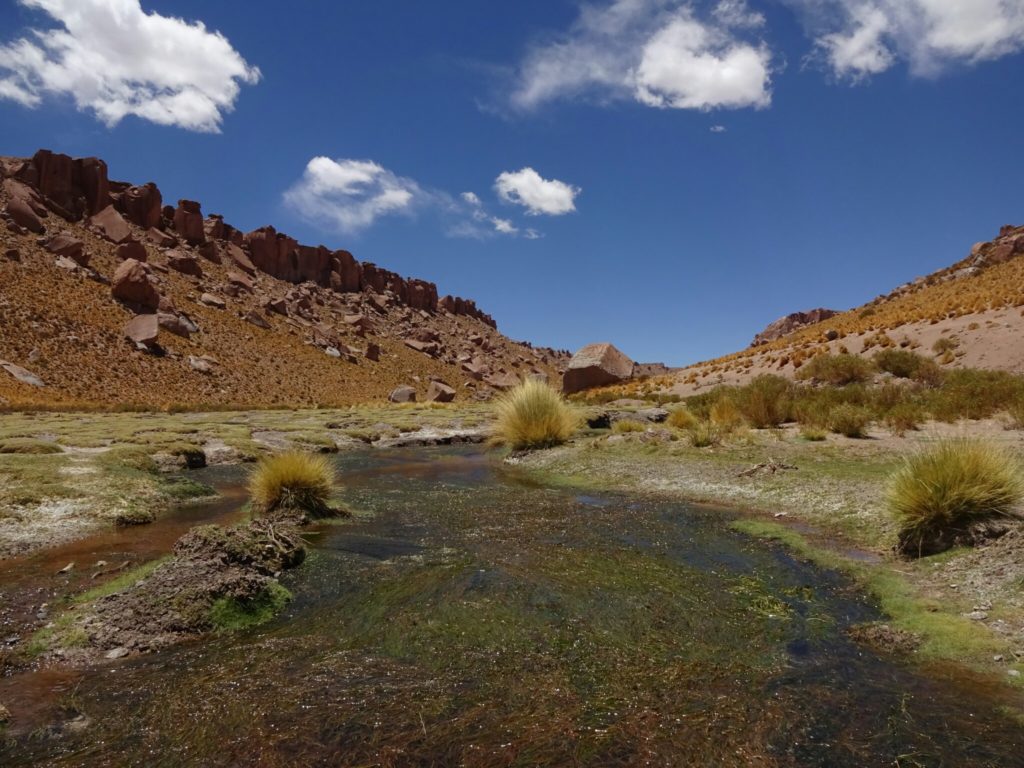 Salty rivers…
Salty rivers…

Purmamarca is well known for the “Cerro de los siete colores”, the seven-colored hill, which flanks the town on one side. And although the light was not perfect, it was still an impressive sight. The same is true for Mount Hornocal, a mountain just outside of the town of Humahuaca (3012m), which is even titled fourteen-colored mountain. Here, we had to drive back up to over 4000m in altitude to get a good view of it, because it is located in the next valley.
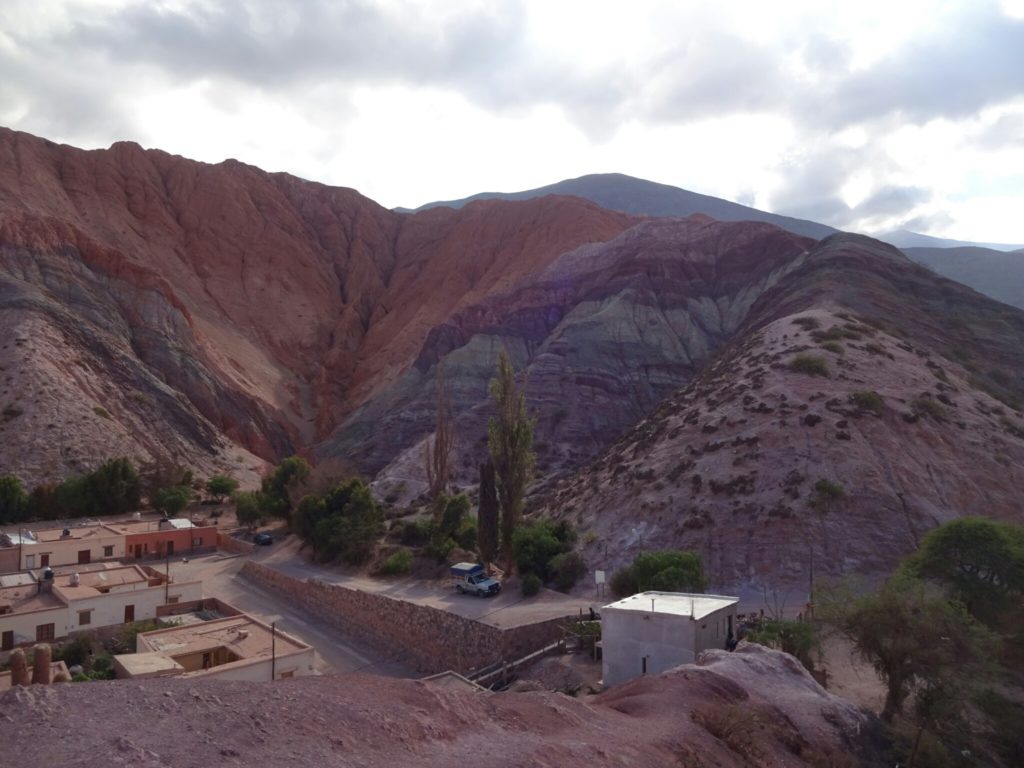
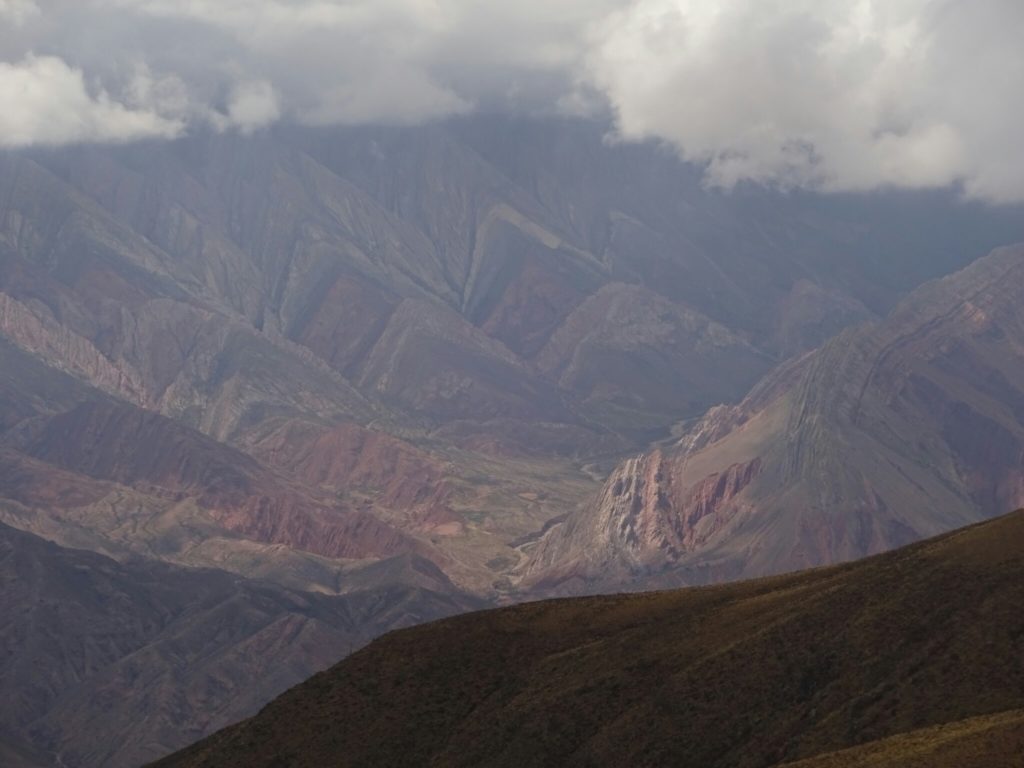
But the “Quebrada de Humahuaca”, a world heritage site, has more to offer: There are several hikes that take you to other colorful rock formations, such as the one to the “Quebrada de las Senoritas”, which leads to an area that looks like a natural cathedral with lots of colorful pillars, statue-like rocks and an open roof. Best of all was, that we had it all to ourselves, because nobody else wanted to hike the 2km through the heat of the desert. But it was totally worth it!
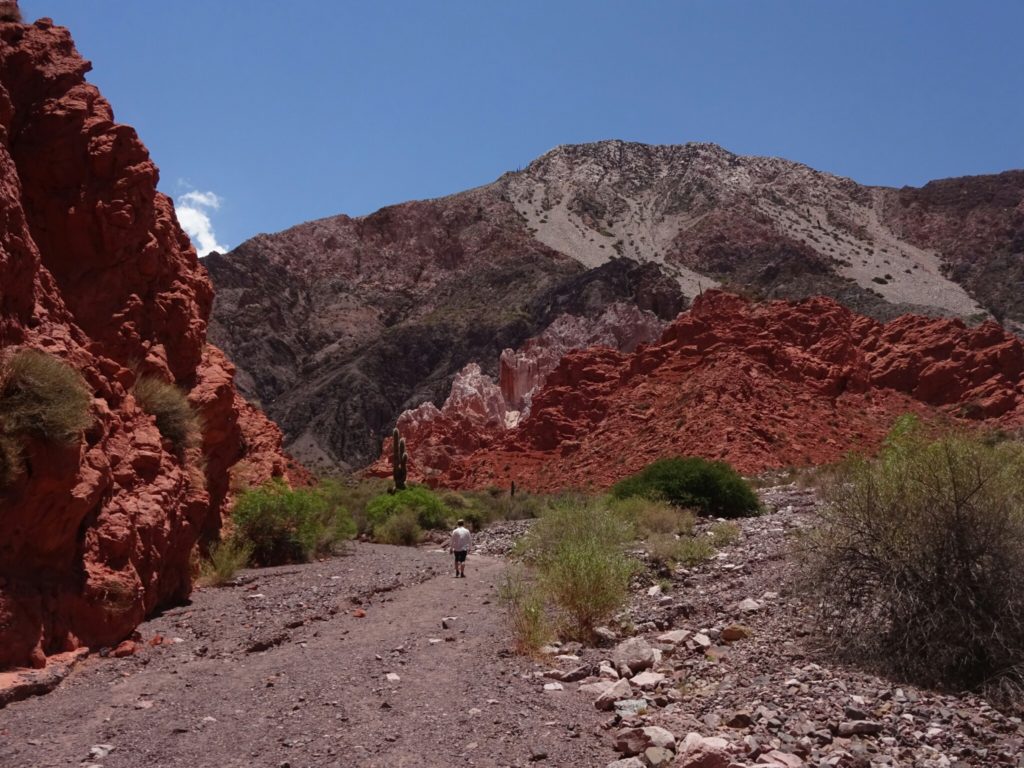
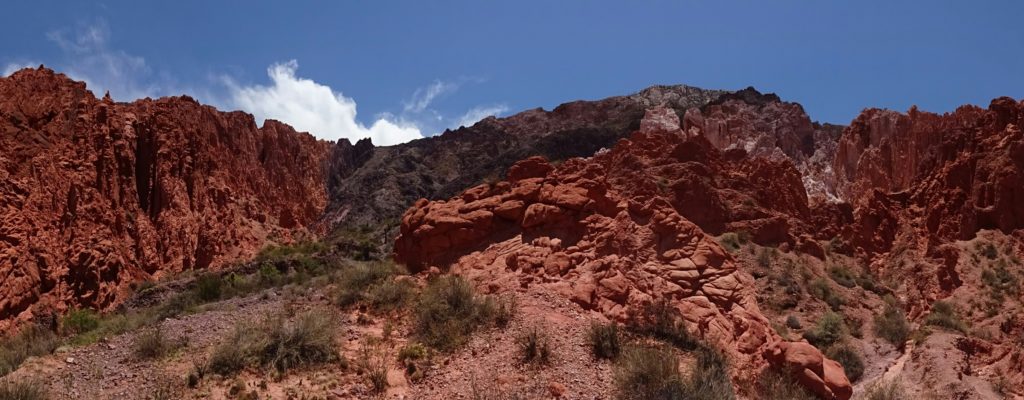
On our way back to Salta we stopped in Tilcara, where the oldest traces of human inhabitation in Argentina were found, dating back more than 10000 years. A pre-Inca town is located on an exposed hill in the center of the town, having an excellent view over the valley and any incoming enemies. It was partially rebuilt with information gained during archeological excavations and includes houses like the ruines at Quilmes, but some also have a roof made of wood or dead cactus in combination with clay.
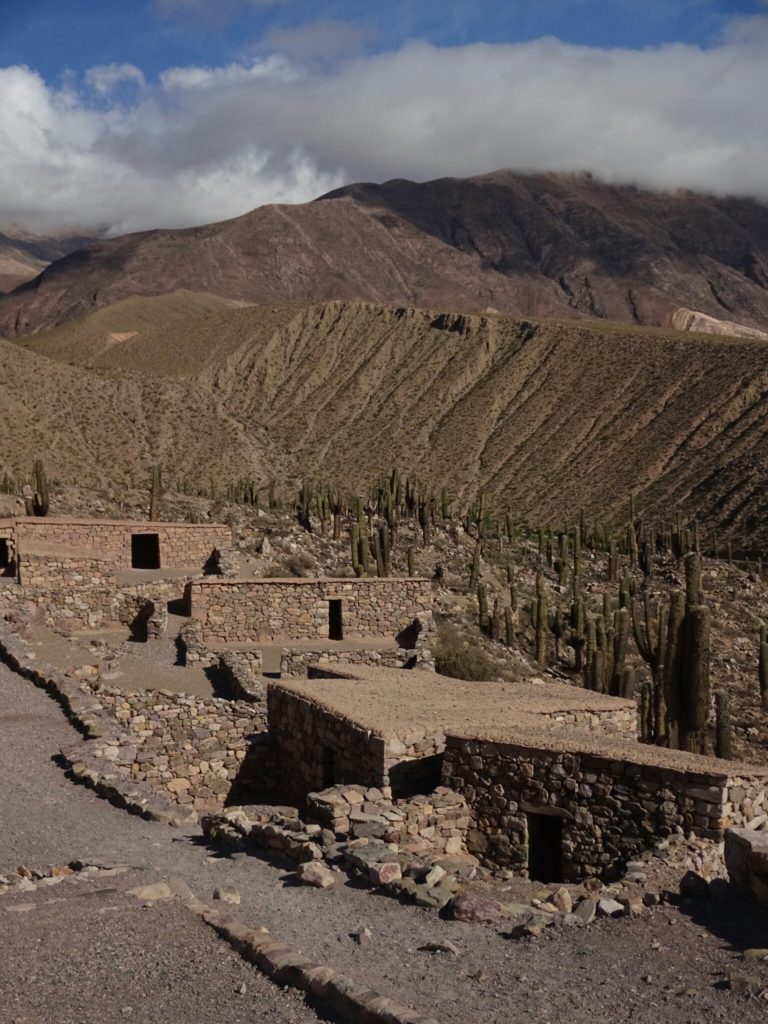
They also had a temple with altars for sacrificing animals or humans, but it was probably built during the Inca occupation. Another impressive structure is the small pyramid that sits on top of the hill. However, I was a bit disappointed when I found out that it was only built in the 1950s as a commemoration of the pioneer archeologists that helped in the discovery of Tilcara.
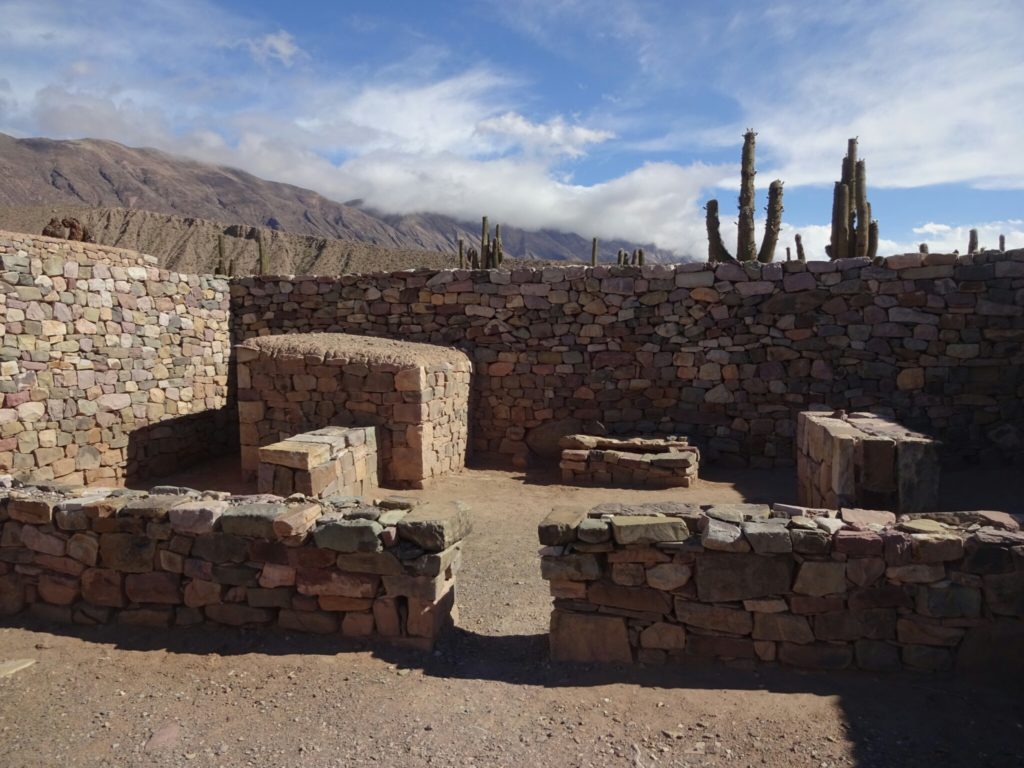

In Salta we decided to stay two nights to discover the city. However, we had some bad luck and someone broke into the back of our car during the first night and stole my tent. Therefore Brice spent a lot of time the next day with the rental car company and the police to get everything figured out. It would have taken Elise or me a lot longer with our basic Spanish skills, so thanks again!


Although the day had been troublesome, we managed to finish it well and had a nice end of our road trip, with a beer, the sunset and a rooftop pool! While Brice and Elise returned the car in Tucuman the next day, I stayed in Salta, because I had booked a flight from here to Buenos Aires. But we decided to meet up again after Christmas in Buenos Aires, before the two of them would return to France.
